What is the cloud? Great question! Well, most people think of it just as that, an amorphous collection of data on the internet running things. They might think, “Oh, my data is stored in the cloud.” The key thing to realize is that saying something is in the cloud is just saying, “It’s on a computer somewhere else.” Microsoft, Amazon, and Google have enormous data centers, which are basically specially designed warehouses filled with computers that store everything from your kids’ first birthday pictures to the designs for next space shuttle. This kind of setup allows access to data around the world and on multiple devices.
Business Use Cases
More than just data storage, for businesses it can mean removing the need for large servers onsite to run their software, websites, databases, and other systems. Storing data or software in the cloud simplifies IT management by removing some of the worries of hosting a system at the office. For example: Power and internet interruptions are no longer as critical, as work can be done at other locations and those large hosting sites are designed with multiple redundancies in place. “Even if individual servers go down, cloud servers in general should be always online and always available. Cloud vendors generally back up their services on multiple machines and across multiple regions.”1 Some costs are reduced as space can be allocated to other functions, maintenance, hardware replacement costs, and management of hardware is transferred to the datacenter. Security is improved because there is no longer any physical access to the system.
More Than Storage: Examples of Cloud Applications
You will see other acronyms come up when looking into cloud options. The “As a Service” model defines how these services and tools are offered. Software as a Service (SaaS): Users access programs stored and run-on servers without ever doing any processing on the user’s device. This allows very powerful programs to be accessible from your browser with little to no effort. An Example of this would be Office 365. Platform as a Service (PaaS): In this model people utilize tools to create custom software either for resale or for internal use. This would be something like Wix or any website builder, although those aren’t perfect parallels. Infrastructure as a Service (IaaS): Companies rent servers, storage, and any other component needed to run their environment. Just like they would in their physical office, with the difference being they are all virtual. Anything stored or run on AWS (Amazon Web Services), or Azure would fit here. Finally, Function as a Service (FaaS): Newer than the others, this set of tools allows parts of a system to run on a cloud server while the main component runs on an IaaS server or a local machine. Often this involves the need for a database to store and process information in systems more powerful than are locally available. Again many of these would run on something like Azure, but only for short term projects or occasional data overflow.
While this is a brief introduction to the world of the cloud, it should provide a basic understanding of the terms and ideas which are often used. Storing our data and running our programs on servers in the cloud is one of the key components of the mobile work and life we enjoy today.
If your Utah business is interested in learning how cloud storage and applications can help your business be more productive and efficient, feel free to give us a call. Our Managed IT Services help businesses leverage cloud technology so they can grow.
References:
https://www.cloudflare.com/learning/cloud/what-is-the-cloud/


